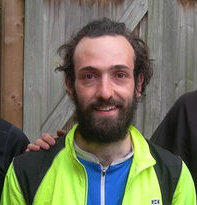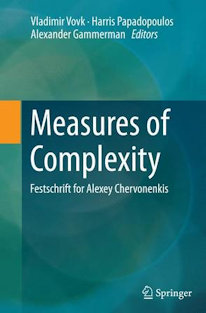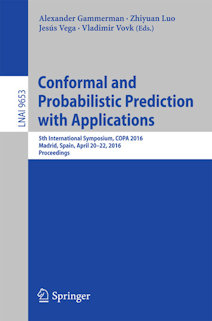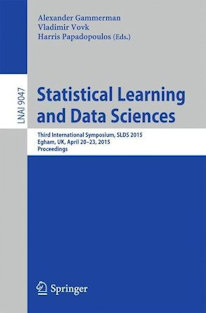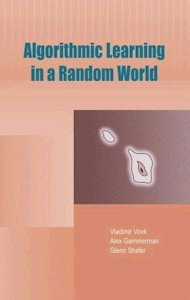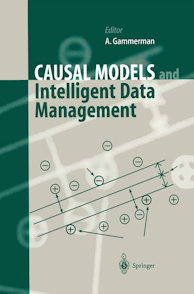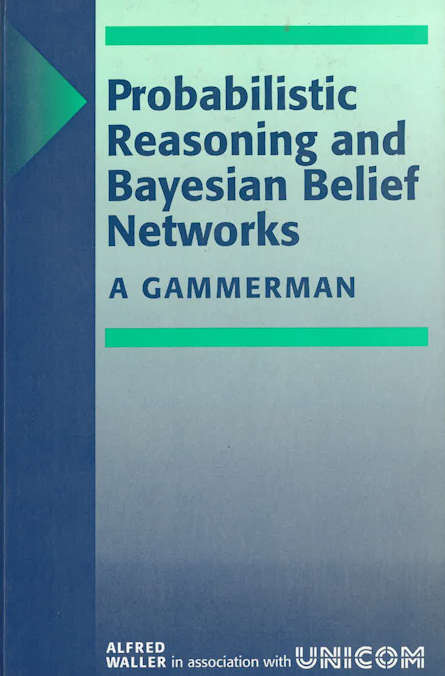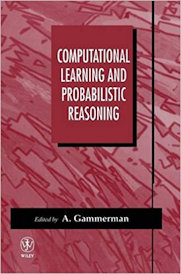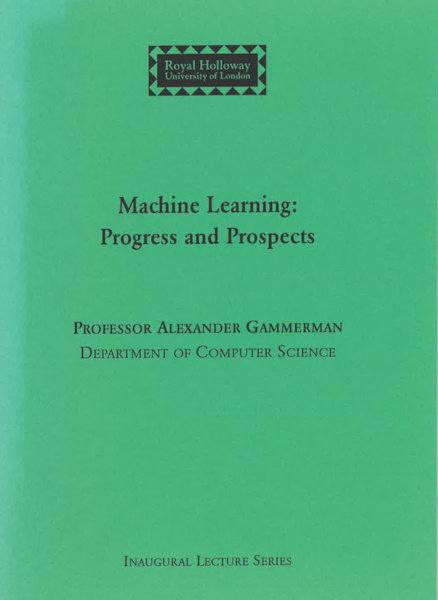Measures of Complexity
Springer | 2016 | ISBN-10: 3319357786
This book brings together historical notes, reviews of research developments, fresh ideas on how to make VC (Vapnik–Chervonenkis) guarantees tighter, and new technical contributions in the areas of machine learning, statistical inference, classification, algorithmic statistics, and pattern recognition. The contributors are leading scientists in domains such as statistics, mathematics, and theoretical computer science, and the book will be of interest to researchers and graduate students in these domains.
These recollections about the origins of VC theory were written by Alexey Chervonenkis in 2004 for several colleagues and not intended for publication. They are now published for the first time.







